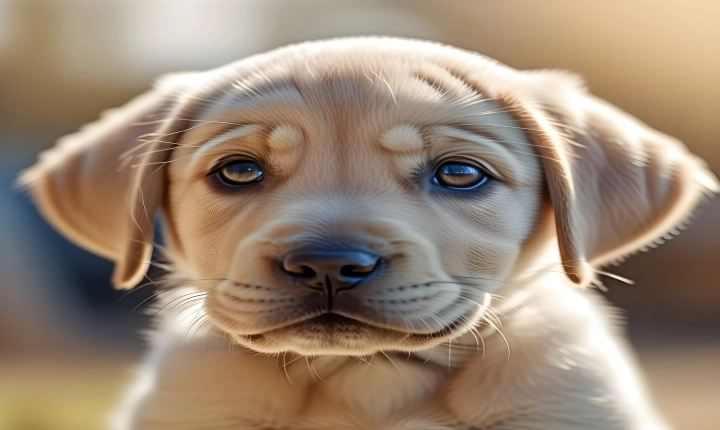Title: How to Sell AI-Generated Art: A Step-by-Step Guide
Artificial intelligence (AI) has made significant strides in the world of art, creating stunning and unique pieces that challenge traditional notions of creativity. As AI-generated art gains popularity and acceptance, many artists and entrepreneurs are looking to capitalize on this emerging market. If you’re an artist or a creative looking to sell AI-generated art, this step-by-step guide will give you the insights you need to succeed in this exciting field.
Step 1: Create Compelling and Unique AI-Generated Art
The first step in selling AI-generated art is to create captivating and distinctive pieces. Choose the right AI software or platform based on the type of art you want to create, whether it’s visual art, music, or literature. Experiment with different algorithms and input data to generate art that stands out from the competition. Consider collaborating with AI developers or data scientists to further enhance the uniqueness of your art.
Step 2: Develop a Brand and Artistic Identity
Once you have a collection of AI-generated art pieces, it’s essential to develop a brand and artistic identity that resonates with your target audience. Define your style, aesthetic, and values, and use these as the foundation for your brand. Build a cohesive online presence through a website, social media, and online portfolios to showcase and promote your art. Consistency in branding and messaging will help establish your credibility and attract potential buyers.
Step 3: Set Up an Online Storefront
To sell your AI-generated art effectively, you need a reliable and accessible platform for potential buyers to view and purchase your work. Consider setting up an online storefront through e-commerce platforms such as Etsy, Shopify, or WooCommerce. These platforms offer features for showcasing your art, managing orders, and processing payments, simplifying the selling process for both you and your customers.
Step 4: Pricing Strategy and Marketing
Determining the right pricing strategy for your AI-generated art is crucial to striking a balance between profitability and affordability. Research the market and assess the value of similar AI-generated art pieces to set competitive prices. Additionally, invest in marketing efforts to promote your art through targeted advertising, social media campaigns, and collaborations with influencers or art enthusiasts. Emphasize the unique aspects of AI-generated art to attract curious buyers and collectors.
Step 5: Cultivate a Community and Network
Building a strong community and network of art enthusiasts, collectors, and potential buyers is key to sustaining your art business. Engage with your audience through interactive events, workshops, and exhibitions to foster a sense of belonging and appreciation for your AI-generated art. Collaborate with other artists, attend art fairs, and participate in relevant industry events to expand your reach and build meaningful connections that could lead to future sales opportunities.
Step 6: Fulfill Orders and Provide Exceptional Customer Service
As your AI-generated art business grows, prioritize efficient order fulfillment and exceptional customer service to maintain customer satisfaction and loyalty. Ensure that your packaging and shipping processes are reliable and that communication with buyers is clear and responsive. Consider offering personalized experiences and exclusive perks to repeat customers to build a loyal fan base for your art.
In summary, selling AI-generated art requires a combination of artistic innovation, strategic branding, and effective marketing. By following these steps and staying adaptable to industry changes, you can position yourself for success in the burgeoning market for AI-generated art. With creativity, perseverance, and a sound business approach, you can carve out a niche for your AI-generated art and contribute to the evolution of the art world.
